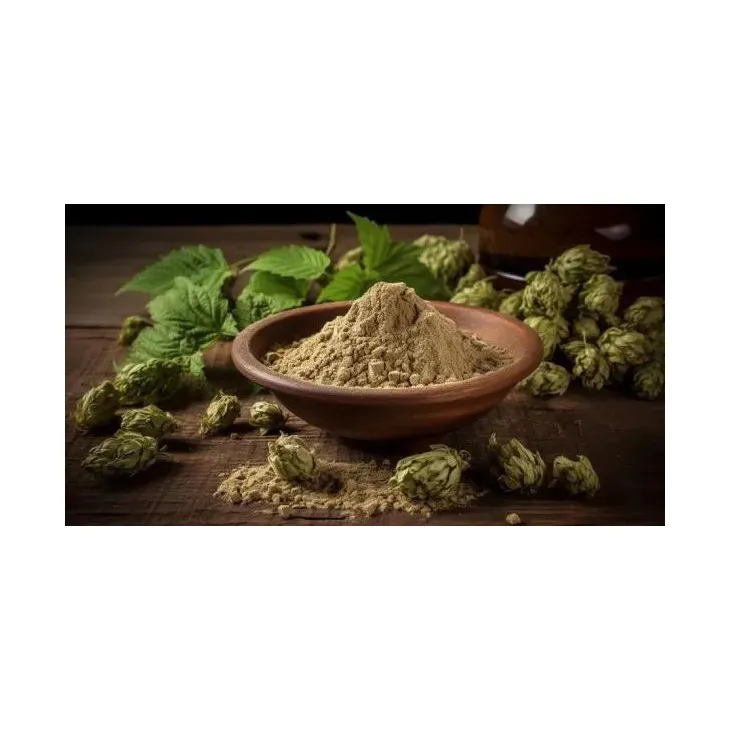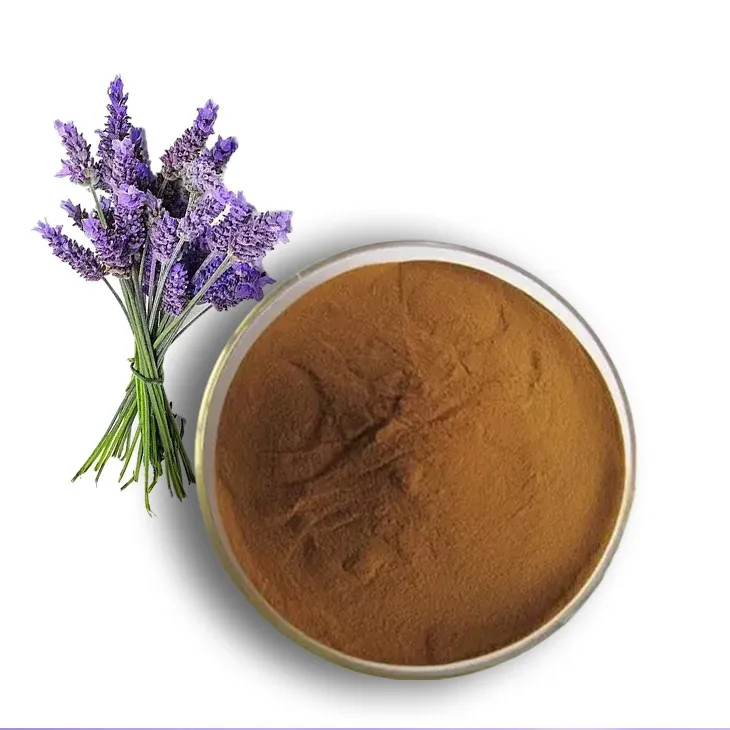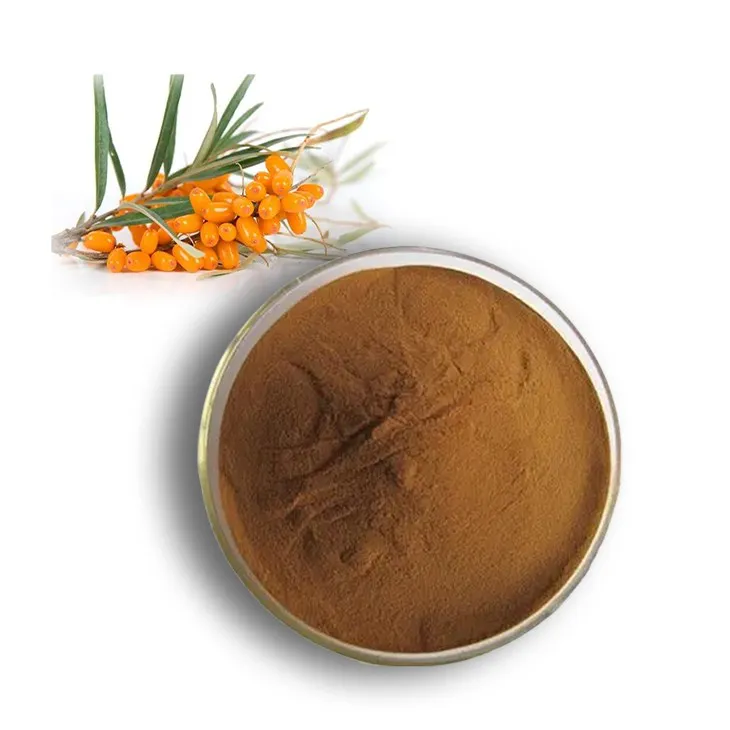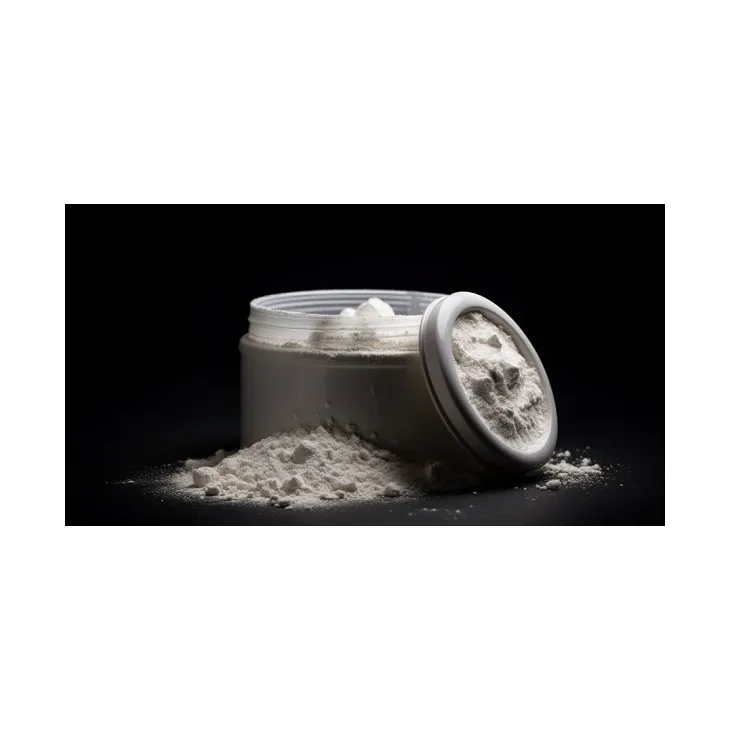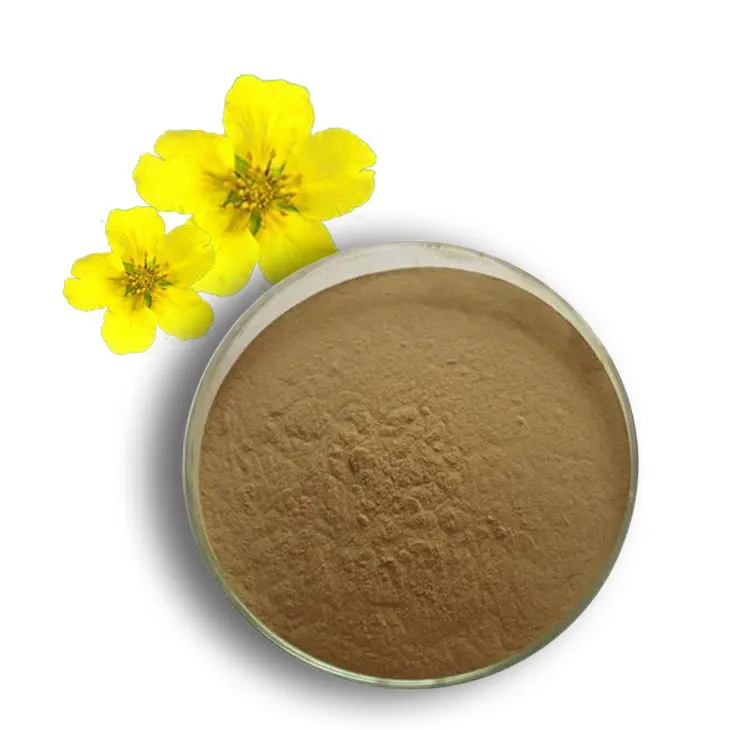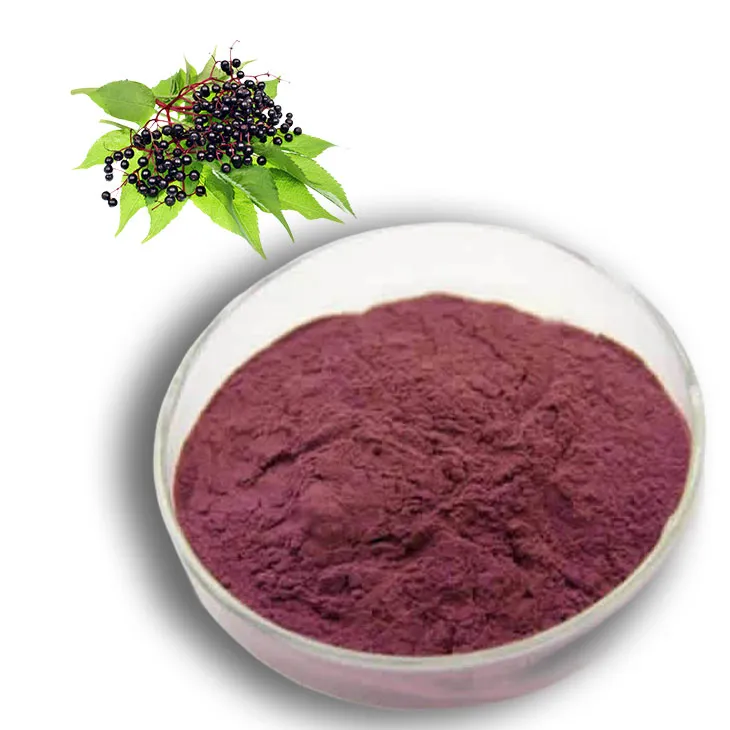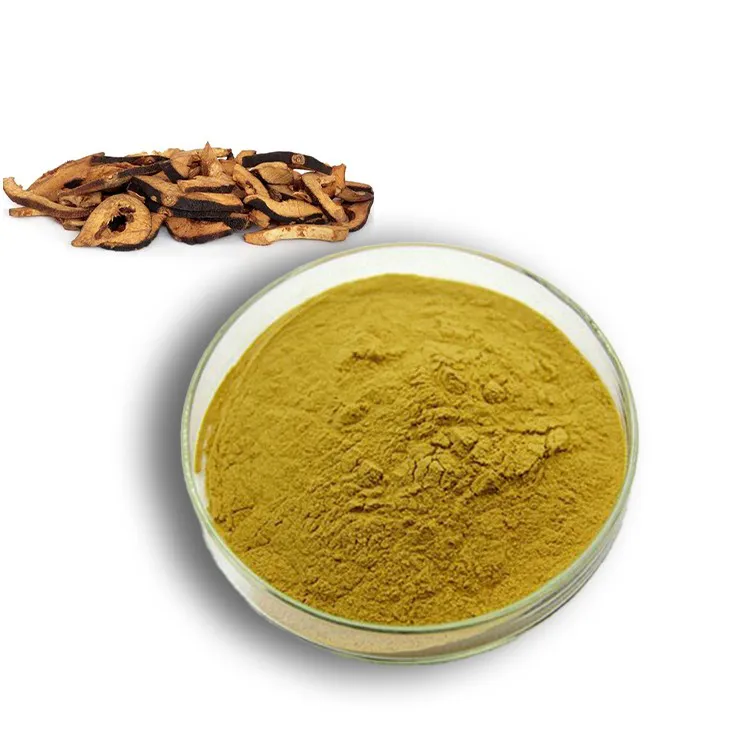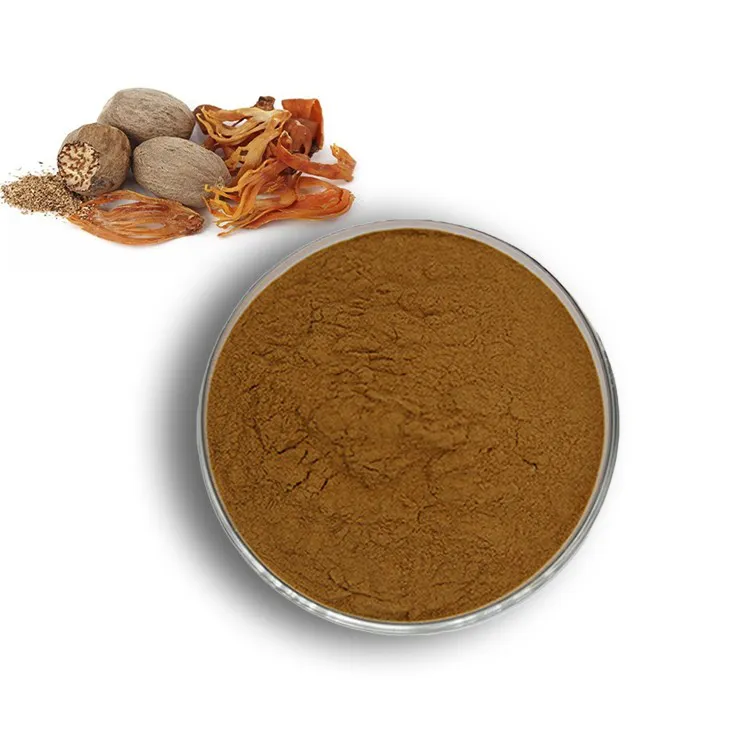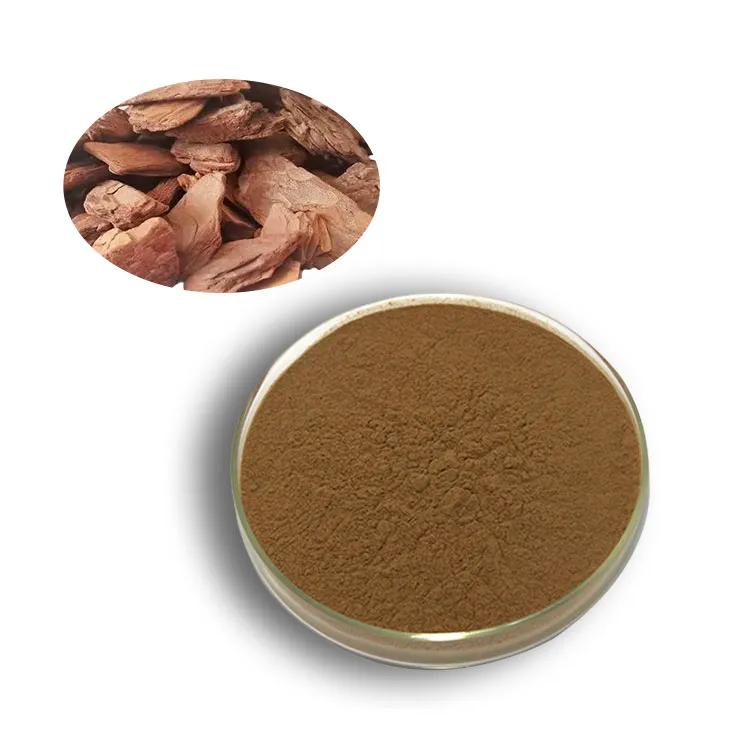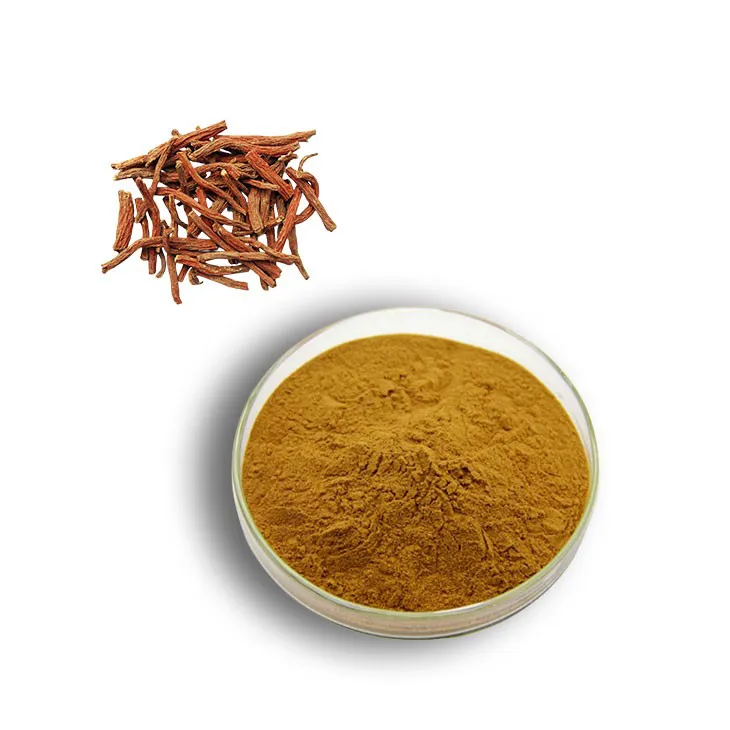- 0086-571-85302990
- sales@greenskybio.com
Is Red Yeast Rice Safe for People with Diabetes? A Comprehensive Review
2025-07-08

Red yeast rice has become a popular dietary supplement, especially for individuals interested in natural ways to manage cholesterol. Produced by fermenting rice with the yeast Monascus purpureus, red yeast rice contains naturally occurring compounds known as monacolins—most notably monacolin K, which is chemically identical to the statin drug lovastatin. While its cholesterol-lowering benefits are well documented, questions remain about the safety of red yeast rice for people with diabetes, a group who may be particularly interested in cardiac risk reduction but also at risk for certain supplement-related side effects.
This article explores the available evidence and expert opinions to answer the question: Is red yeast rice safe for those living with diabetes?
Understanding the Appeal of Red Yeast Rice
People with diabetes face a greater risk of cardiovascular disease, and managing cholesterol is often a primary goal. Many seek alternatives to prescription cholesterol medications because of potential side effects or drug interactions. Red yeast rice, as a natural supplement, appears to serve as a middle ground between lifestyle measures and pharmaceutical intervention. Its use has grown not just for cholesterol management but also for perceived benefits in supporting metabolic health.
However, diabetes itself is a complex, chronic condition, and any supplement—especially one with pharmacologically active ingredients—must be carefully considered.
Mechanism of Action: Red Yeast Rice and Cholesterol
The primary active compound in red yeast rice, monacolin K, blocks the action of HMG-CoA reductase, an enzyme involved in cholesterol production in the liver. This is the same way statin medications lower LDL (bad) cholesterol and reduce the risk of heart attack and stroke. Extensive studies have demonstrated that red yeast rice supplements can lower total and LDL cholesterol, making them widely marketed as a “natural statin.”
Potential Benefits for People with Diabetes
There is compelling evidence that controlling cholesterol is especially important for those with diabetes, who face a higher risk of heart disease and stroke. Some small studies have suggested that red yeast rice can significantly reduce LDL and total cholesterol in people with diabetes, just as it does in the general population.
Additionally, some research has indicated that red yeast rice may help reduce inflammation and oxidative stress—factors that are particularly concerning for those with diabetes. Furthermore, red yeast rice does not seem to raise blood sugar or hemoglobin A1c levels, suggesting it is unlikely to directly worsen glycemic control.
Potential Risks and Concerns
Despite its natural origins, red yeast rice is not without potential side effects or safety issues—especially for people with diabetes.
1. Muscle and Liver Effects
The side effects of red yeast rice are similar to statin medications, including muscle pain (myalgia), muscle injury (myopathy), and rare cases of serious muscle breakdown (rhabdomyolysis), as well as possible liver enzyme elevations. For people with diabetes, who might already experience muscle pain or have a higher risk for liver conditions, this is a legitimate concern. The risk increases if red yeast rice is combined with other medications that affect liver or muscle health.
2. Kidney Function
Chronic kidney disease is more common among people with diabetes. There have been reports of kidney injury in rare cases associated with statin use and, potentially, with red yeast rice supplementation. Monitoring kidney function is especially crucial if a diabetic patient uses either statins or red yeast rice.
3. Blood Sugar Control and Drug Interactions
Red yeast rice does not appear to directly worsen blood sugar control. However, since it contains monacolin K, it can interact with medications including diabetes drugs, antifungals, antibiotics, and other cholesterol-lowering therapies. Many people with diabetes already take several medications, so supplement-related drug interactions are a concern.
4. Product Quality and Regulation
One of the most significant disadvantages of red yeast rice supplements is variability in the amount of active monacolin K. Supplements are not always subject to the same quality standards as prescription drugs. Some products may contain little to no active compound, while others may have excessive amounts. There is also the risk of contamination with citrinin, a toxic byproduct of fermentation that can damage the kidneys—a particularly troubling risk for diabetics who are already at risk for kidney disease.
5. Lack of Individualization
Unlike prescription medications that are dosed and monitored by healthcare professionals, red yeast rice is self-administered, and side effects may go unnoticed until significant damage has occurred.
Official Guidelines and Clinical Recommendations
Most major diabetes organizations and leading heart health experts do not officially recommend red yeast rice as a first-line therapy for cholesterol management in diabetes. Statins, which can be dosed, monitored, and regulated, remain the standard of care for high-risk patients due to their strong evidence base and predictable safety profile.
While red yeast rice may be effective in lowering cholesterol, the lack of standardization and monitoring, the potential for side effects, and the risk of drug/supplement interactions mean it is not an ideal substitute for medically supervised cholesterol management in people with diabetes.
Practical Advice for People with Diabetes
Anyone with diabetes considering red yeast rice to manage cholesterol should first speak with a healthcare provider or registered dietitian. Comprehensive bloodwork and regular monitoring of liver and kidney function are advised.
People with diabetes should adopt heart-healthy lifestyle habits as a foundation—these include eating a balanced diet, maintaining a healthy weight, getting regular exercise, and attending regular medical check-ups. Medications or supplements should be adjuncts, not replacements, for evidence-based diabetes care.
Conclusion
Red yeast rice does have cholesterol-lowering potential and may be safe for some people with diabetes, but important risks and uncertainties remain. Given the lack of standardization and potential for side effects similar to prescription statins, along with risks of contamination, it should only be used under professional medical supervision. For most people with diabetes, professionally prescribed and monitored cholesterol-lowering medications are safer and more reliable than over-the-counter supplements. Always talk with your physician before considering red yeast rice, especially if you have diabetes or chronic health issues.
- ▶ Hesperidin
- ▶ Citrus Bioflavonoids
- ▶ Plant Extract
- ▶ lycopene
- ▶ Diosmin
- ▶ Grape seed extract
- ▶ Sea buckthorn Juice Powder
- ▶ Fruit Juice Powder
- ▶ Hops Extract
- ▶ Artichoke Extract
- ▶ Mushroom extract
- ▶ Astaxanthin
- ▶ Green Tea Extract
- ▶ Curcumin
- ▶ Horse Chestnut Extract
- ▶ Other Product
- ▶ Boswellia Serrata Extract
- ▶ Resveratrol
- ▶ Marigold Extract
- ▶ Grape Leaf Extract
- ▶ New Product
- ▶ Aminolevulinic acid
- ▶ Cranberry Extract
- ▶ Red Yeast Rice
- ▶ Red Wine Extract
-
Uridine-5'-monophosphate Disodium salt
2025-07-08
-
Lavender Extract
2025-07-08
-
Buckthorn bark extract
2025-07-08
-
Aminolevulinic acid
2025-07-08
-
Tormentil Extract
2025-07-08
-
Elderberry Extract
2025-07-08
-
Citrus Aurantii Extract
2025-07-08
-
Nutmeg Extract
2025-07-08
-
Pine bark Extract Powder
2025-07-08
-
Dan Shen Root Extract/Salvia Root Extract
2025-07-08











